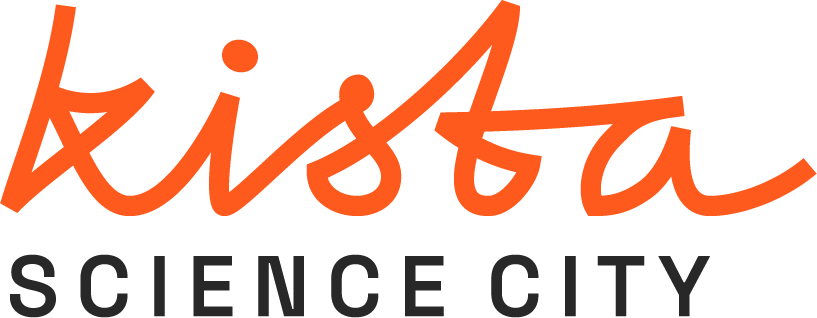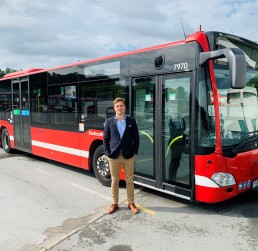Measuring traffic and people flows in Kista and Sollentuna
In Stockholm, car commuters may be forced to spend the equivalent of 16 days in traffic queues for one year. Public transport buses are also heavily affected by congestion and queues.
The objective of the Spatial Modelling Analytics & Real-time Tracking (SMART) Mobility Project is to mitigate growing urban traffic congestion challenges and associated issues of environmental degradation, economic inefficiency and negative impacts to the quality of life of citizens.
SMART started in December 2020 and is now moving from inventory and analysis phase to IRL measurements, in traffic.
As we begin the first measurement period – where we take traffic from Ekerö to Kista and Sollentuna – we are taking the next exciting step in the SMART project. Among other things, we will take a closer look at travel on the bus routes that the transport contractor Arriva runs for Stockholm Public Transport:s (SL) – lines 176, 177 and 179 – where special units will be set up to see passenger flows. During that period, June-September, we will gain valuable insights into what travel to and from Kista and Sollentuna looks like from different areas of Stockholm, what travel patterns look like, etc., so that we can plan and perform public transport in a good way.
Petter Johansson, Business development manager, Arriva (picture above):
”Arriva sees a great value of understanding our customers travel patterns to be able to create a more attractive public transportation with an optimized timetable. In the SMART project, many different actors contribute with their respective data sources, which enables data-driven improvements to optimize traffic planning and accessibility. Through the SMART project, Arriva sees opportunities to optimize and streamline public transportation with customer needs in focus.”
SMART is an initiative to create a database of comprehensive information about all travelers’ movements, to plan and optimize public transport. The project will use data from many different sources, including wifi data from Bumbee Labs, vehicle data from Ramboll, Inrix and Tomtom and crowd data from Tre. The unique thing about SMART is that it makes data about how passengers move even in forms of travel other than the collective ones available.

